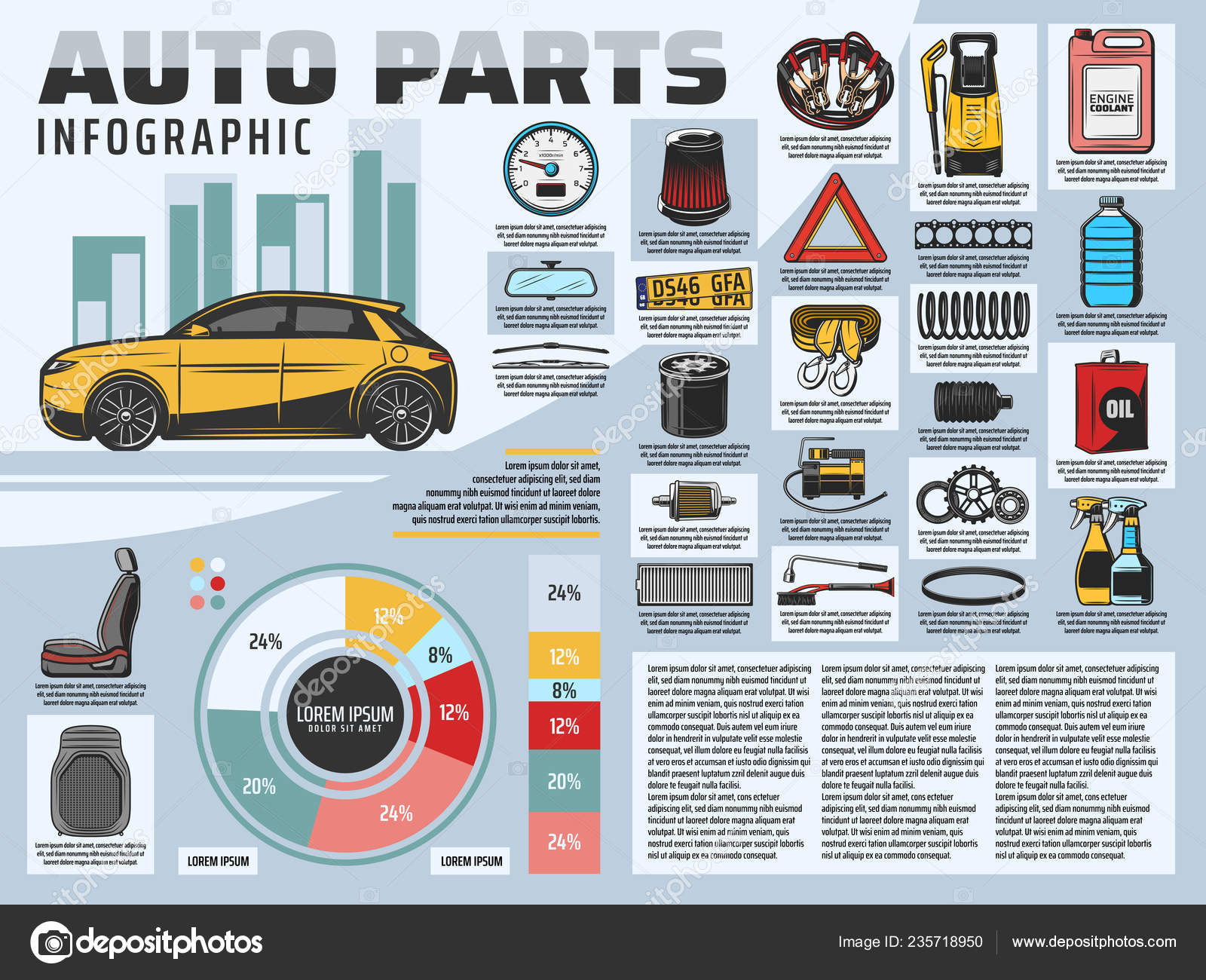Open Up The Hood To Discover Common Brake System Problems And Their Solutions, But What Concerning Squishy Brake Pedals? Learn The Solution In Advance! Learn More Listed Below
Open Up The Hood To Discover Common Brake System Problems And Their Solutions, But What Concerning Squishy Brake Pedals? Learn The Solution In Advance! Learn More Listed Below
Blog Article
Material Develop By-McGrath Damborg
When it involves your car's brake system, comprehending common concerns can save you from possible safety and security threats. From identifying brake pad wear to resolving brake fluid leaks, recognizing how to deal with these problems is crucial. But what about those squishy brake pedals? There's a fix for that also. Stay tuned to find out https://www.wbtw.com/news/pee-dee/darlington-county/about-10-cars-burned-in-massive-fire-at-darlington-county-auto-shop/ and the practical remedies that can keep you securely when traveling.
Brake Pad Wear and Replacement
When it comes to keeping your vehicle's brake system, one important element to watch on is the wear and replacement of brake pads. Brake pads are vital elements that push against the brake rotors to decrease or stop your car. With time, these pads wear down due to rubbing, requiring normal inspection and substitute to ensure your brakes work effectively.
To establish if your brake pads require substitute, listen for shrilling or grinding sounds when you apply the brakes. Additionally, if your automobile takes longer to stop or you notice vibrations or pulsations when braking, it might be time to replace the brake pads.
Neglecting used brake pads can cause lowered braking performance, damage to various other brake parts, or even brake failing.
Changing brake pads is a relatively uncomplicated process for lots of vehicles. However, if you're unsure or awkward doing this task, it's ideal to speak with a specialist technician to make certain proper installation and optimal brake efficiency.
Consistently inspecting and changing brake pads is crucial for your safety and the durability of your vehicle's braking system.
Brake Liquid Leaks and Upkeep
To guarantee your car's brake system operates optimally, it is very important to also take notice of brake fluid leakages and upkeep. Brake fluid is crucial for transferring the force from your foot on the brake pedal to the real braking mechanism. One usual problem with brake liquid is leaks, which can take place as a result of worn-out brake lines, seals, or connections. If brake rotor repair discover a puddle or trickles under your car, it's essential to address the leakage quickly to avoid a prospective brake failure.
Frequently examining your brake fluid degree is essential to preserving your brake system. Reduced brake liquid can bring about air going into the brake lines, which compromises stopping efficiency.
Additionally, old or infected brake fluid can affect the overall effectiveness of your brakes. It's recommended to comply with the manufacturer's guidelines on when to transform the brake fluid, typically every 2 years.
Spongy Brake Pedal: Bleeding Brakes
If you have actually ever before experienced a mushy brake pedal while driving, you recognize the value of maintaining a firm and responsive stopping system. One typical reason for a spongy brake pedal is air caught in the brake lines. When air enters the brake system, it can bring about a loss of hydraulic stress, leading to that distressing squishy feeling when you press the brake pedal.
To settle brake repair flagstaff , bleeding the brakes is necessary. Hemorrhaging the brakes entails getting rid of the air from the brake lines to bring back proper hydraulic stress.
To bleed the brakes, you'll require an assistant to aid you. Begin by locating the brake bleeder shutoff on each wheel, generally located near the brake caliper. With a wrench, loosen the shutoff and have your helper press the brake pedal while you observe any air bubbles appearing. Repeat this procedure for each and every wheel, beginning with the wheel farthest from the master cyndrical tube and moving closer.
As soon as you no longer see air bubbles and just clear liquid arises, tighten up the valve and top up the brake fluid storage tank as needed. Hemorrhaging the brakes helps ensure a firm brake pedal and improves overall braking efficiency.
Final thought
Now that you recognize typical brake issues and just how to repair them, you can guarantee your automobile's safety and performance. Remember to pay attention for warning signs like shrieking sounds or squishy brake pedals, and address them immediately. Routine upkeep and timely replacements are key to maintaining your brakes in top condition. Remain proactive and alert to your brake system to appreciate secure and dependable driving experiences.
